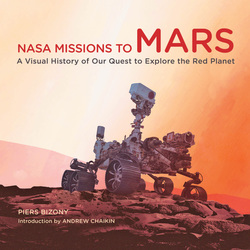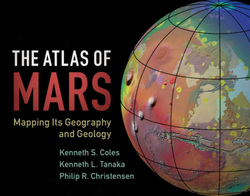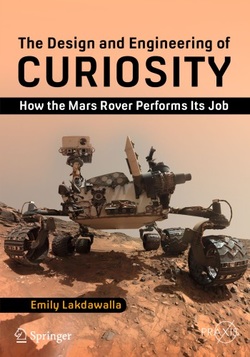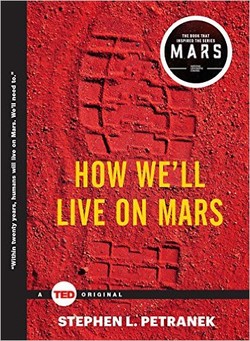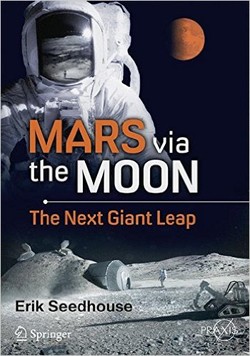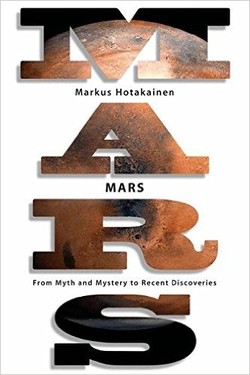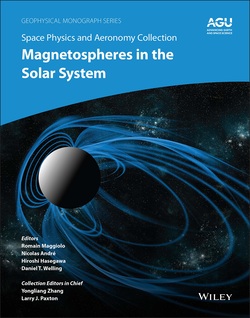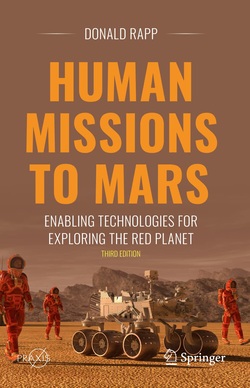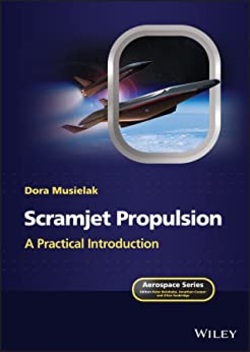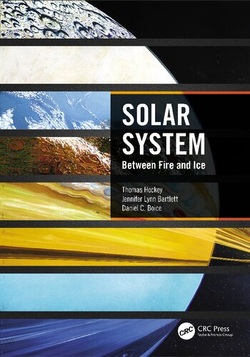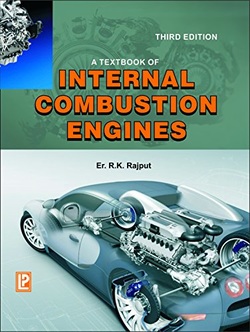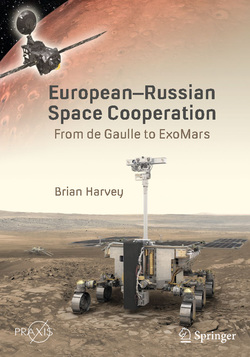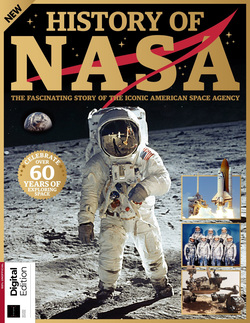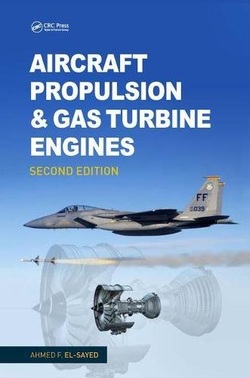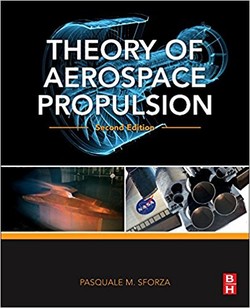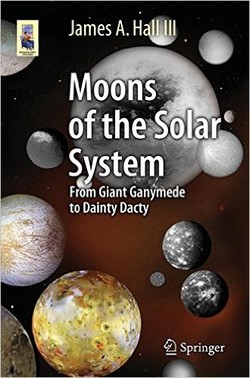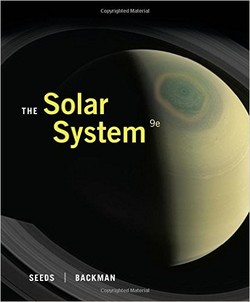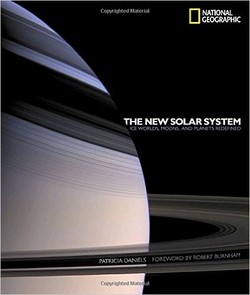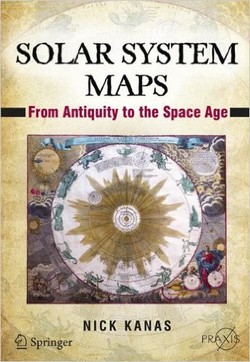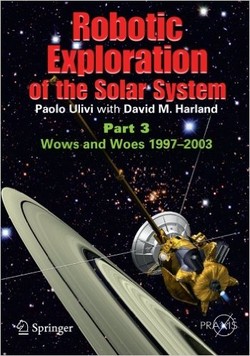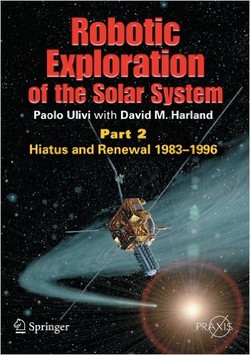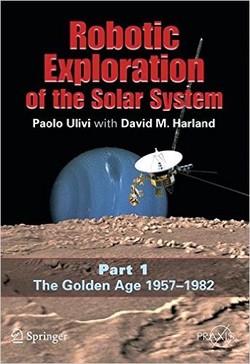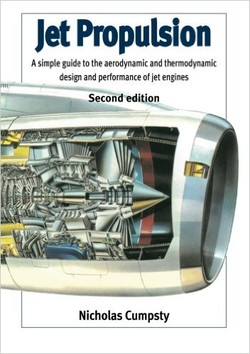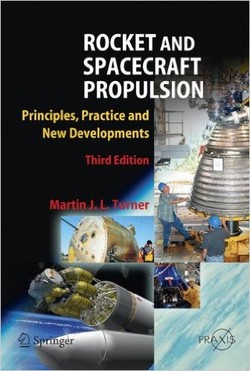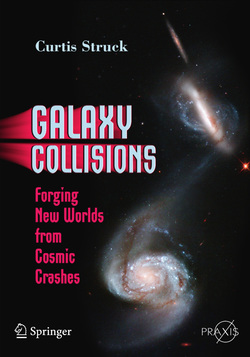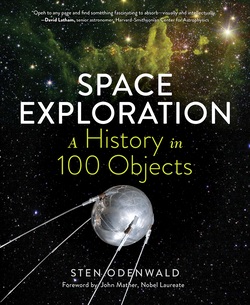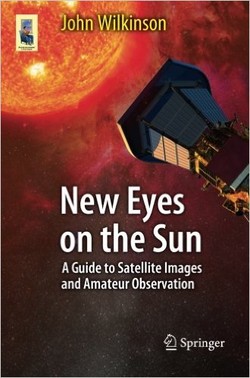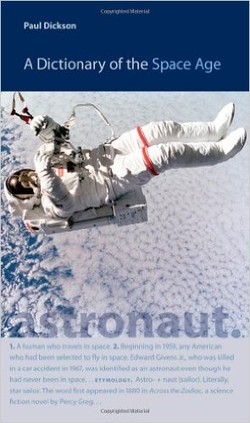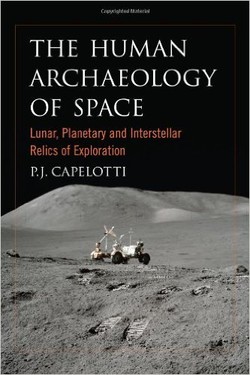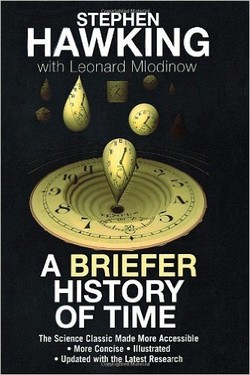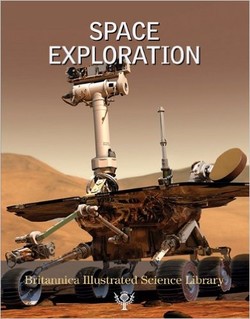اکتشاف و مهندسی؛ آزمایشگاه پیشرانه جت و تلاش برای مریخ
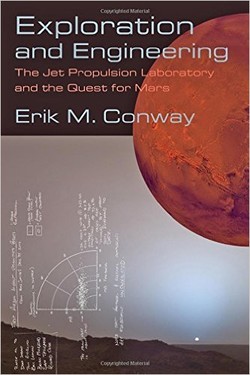
در این کتاب Erik M. Conway نشان میدهد که چگونه شاهکارهای خلاقانه اصول فنی مهندسان JPL، منجر به پیشرفتهای بزرگی جهت اکتشاف مریخ شده است. او خوانندگان را به مرکز رویکردهای حل مسئله و مدیریت ساختار آزمایشگاه میبرد، جایی که در آن دانشمندان بااستعداد با چالشهای فنی دست به گریبان هستند، درحالیکه راهکارهای مقابلهای با کمبود بودجه، برنامههای غیرواقعی، آشفتگی مدیریتی همراه است و همیشه بهطور موفقیتآمیز به سرانجام نمیرسد. Conway، مورخ JPL، چشماندازی نسبت به اهداف متغیر اکتشاف مریخ، شیوههای شبیهسازی کامپیوتری پیشرفته مربوط به فرآیند طراحی و تکامل قابل توجهی از فناوریهای فرود در طی یک دوره سی ساله را ارائه میدهد.
سال انتشار: 2015 | 387 صفحه | حجم فایل: 9 مگابایت | زبان: انگلیسی
Exploration and Engineering: The Jet Propulsion Laboratory and the Quest for Mars (New Series in NASA History)
نویسنده
Erik M. Conway
ناشر
Johns Hopkins University Press
ISBN10:
1421416042
ISBN13:
9781421416045
قیمت: 16000 تومان
برچسبها: پیشرانه جت مریخ منظومه شمسی ناسا
Although the Jet Propulsion Laboratory in Pasadena, California, has become synonymous with the United States’ planetary exploration during the past half century, its most recent focus has been on Mars. Beginning in the 1990s and continuing through the Mars Phoenix mission of 2007, JPL led the way in engineering an impressive, rapidly evolving succession of Mars orbiters and landers, including roving robotic vehicles whose successful deployment onto the Martian surface posed some of the most complicated technical problems in space flight history.
In Exploration and Engineering, Erik M. Conway reveals how JPL engineers’ creative technological feats led to major breakthroughs in Mars exploration. He takes readers into the heart of the lab’s problem-solving approach and management structure, where talented scientists grappled with technical challenges while also coping, not always successfully, with funding shortfalls, unrealistic schedules, and managerial turmoil.
Conway, JPL’s historian, offers an insider’s perspective into the changing goals of Mars exploration, the ways in which sophisticated computer simulations drove the design process, and the remarkable evolution of landing technologies over a thirty-year period.

